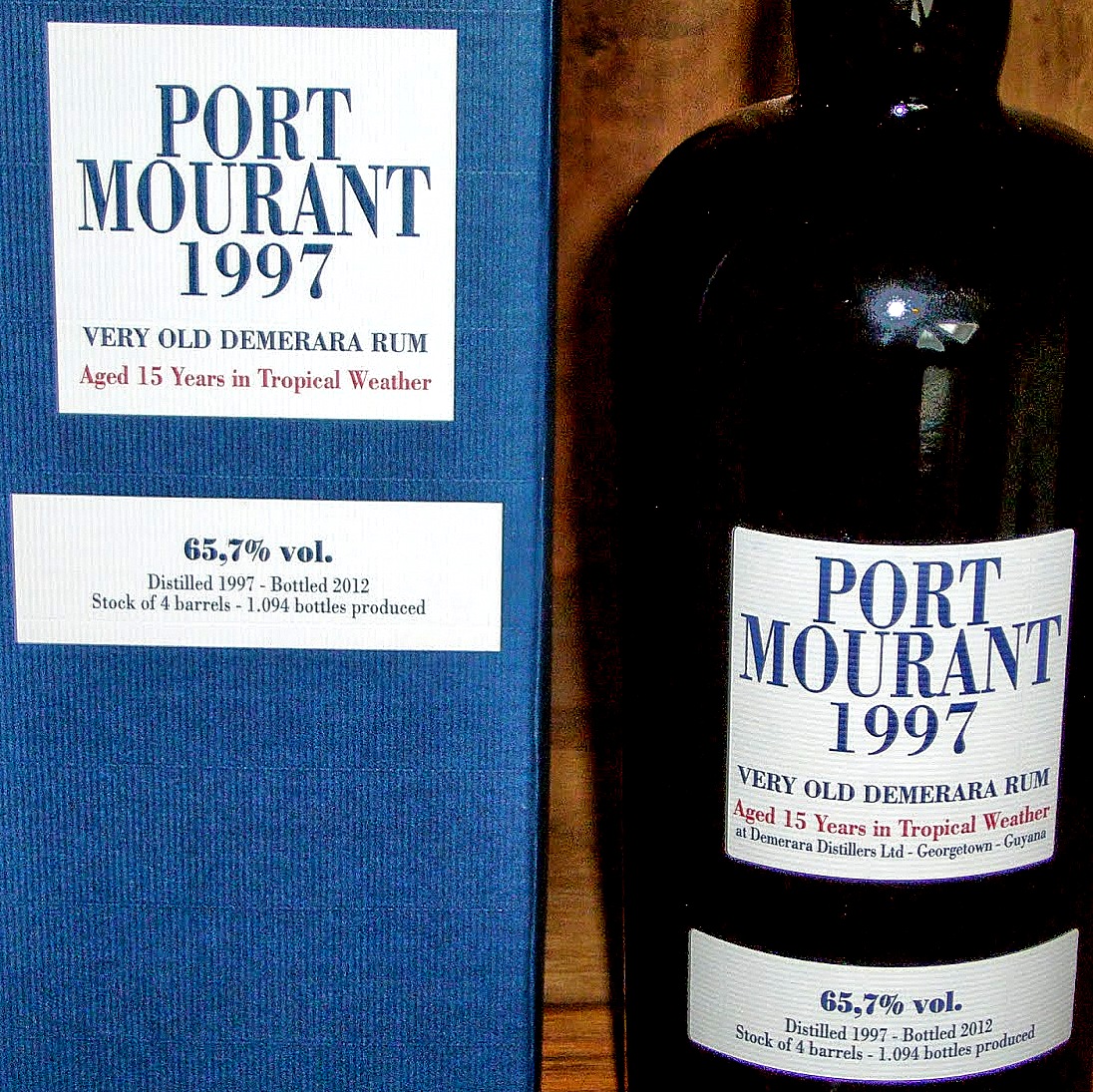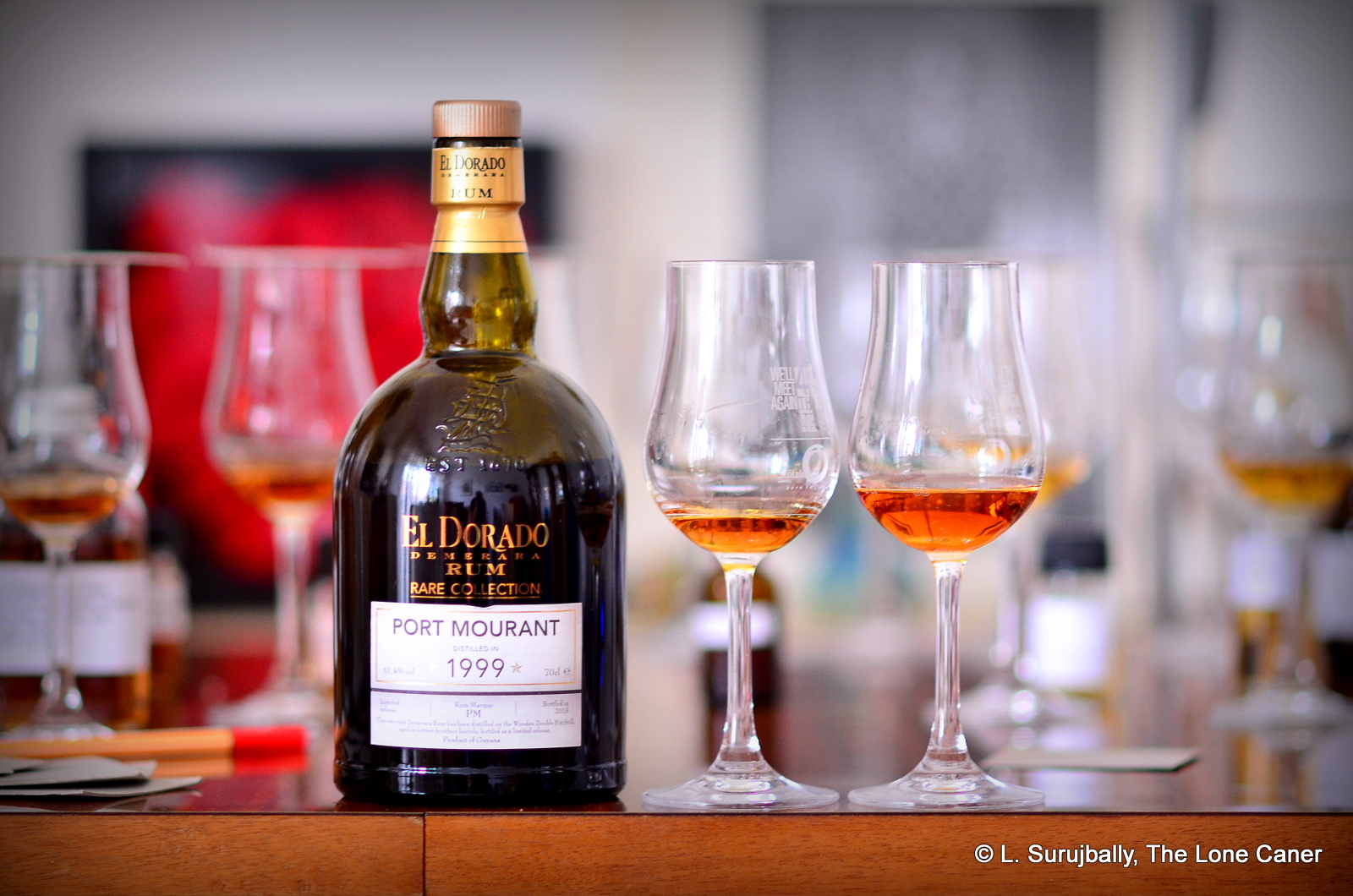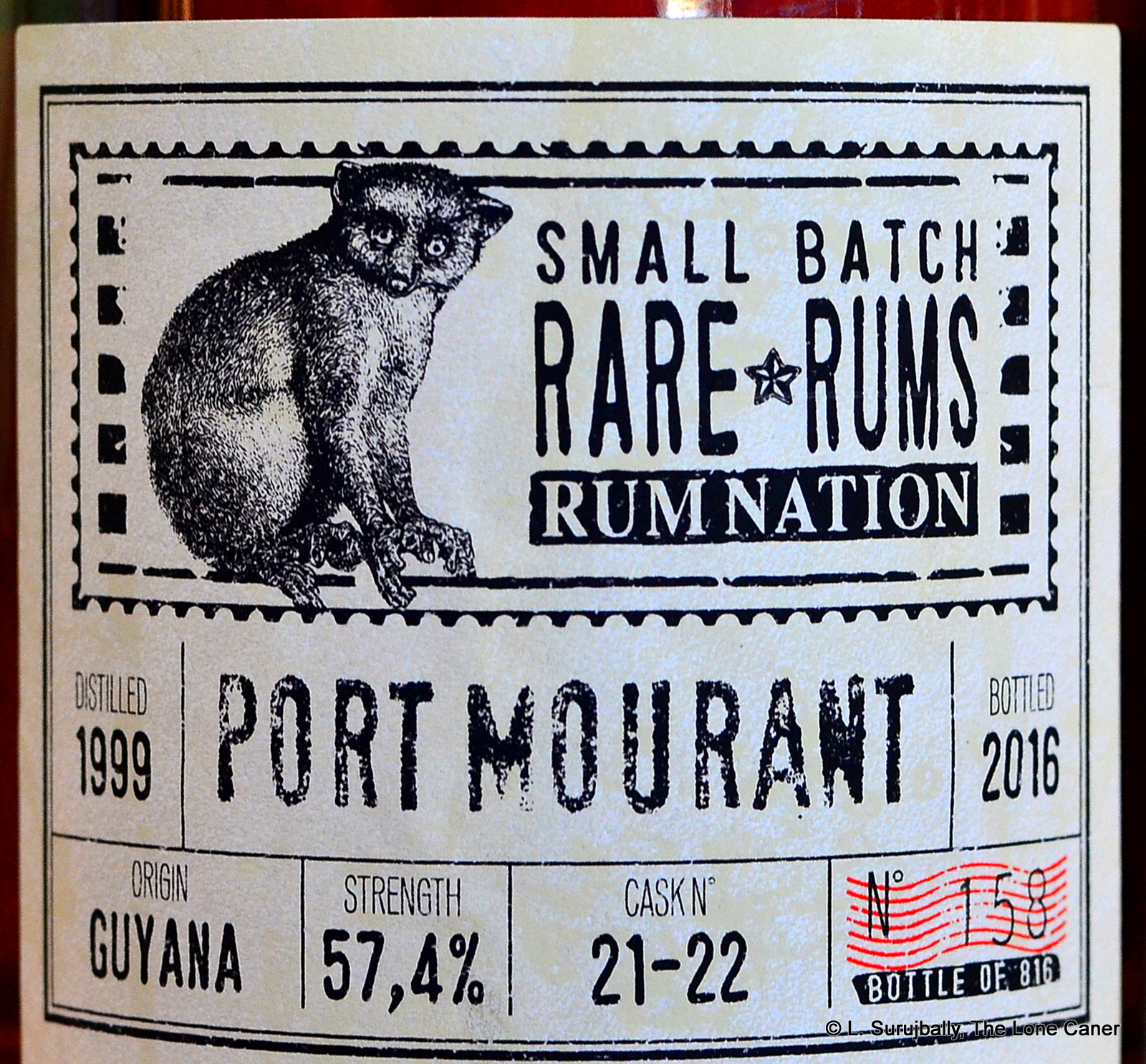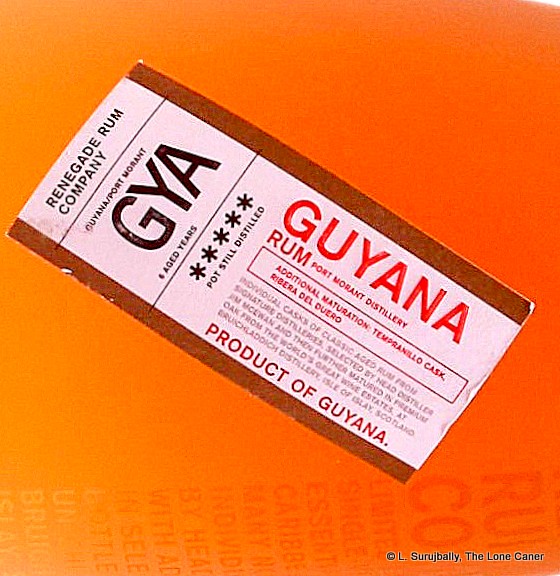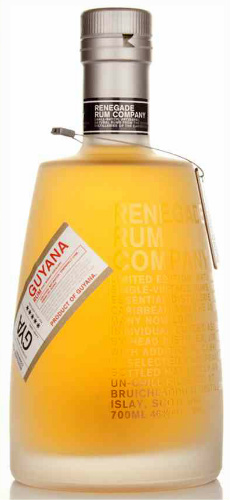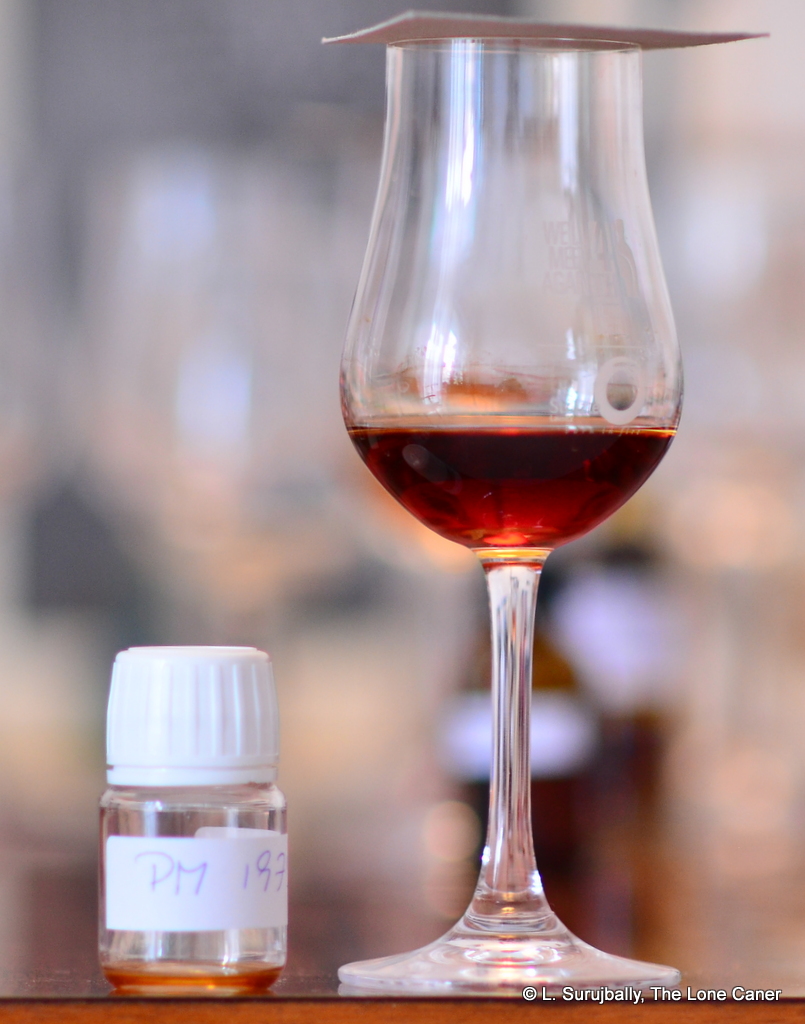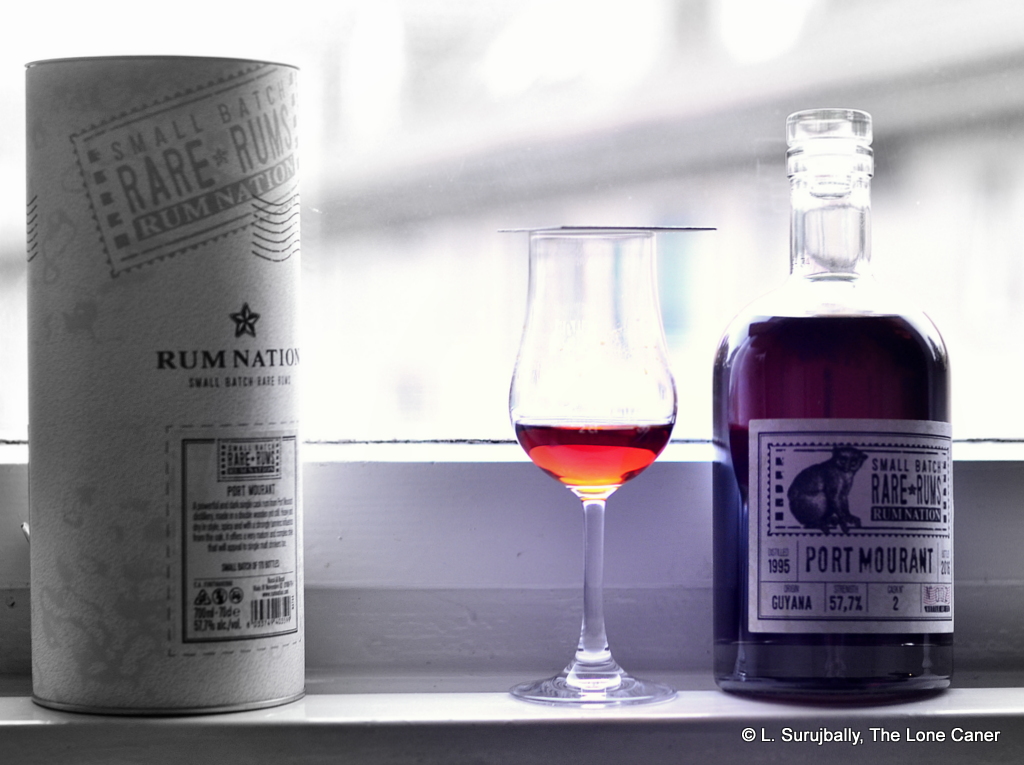Today’s review is all about an El Dorado rum from Guyana’s famed (and only remaining) distillery, DDL. The backstory is quite fascinating because it shines a light into how large companies which lack the nimble footwork and quick reaction time of small upstart independents, can — once they get going and commit their resources to the job — produce something really good. However, I’ll add that as a note below the main review so you don’t expire of boredom before discovering how the rum actually is.
The 12YO 2009 El Dorado rum, is one of the single still expressions which began to surface around 2018 or so with a surprising lack of fanfare. Most of these new products were from the three wooden stills, issued at 40%, with occasional outliers popping to the surface now and then – like store specialty bottlings, or the recent LBI edition, for example. However, there were attempts to muscle in on the high end market by providing some cask strength editions as well – this is one of them, bottled at 56.7% and from the Port Mourant double wooden pot still. But with the outturn, alas, not mentioned.
Well, since DDL no longer sells the heritage stills’ distillate for export, we should be grateful. And indeed, here, there is much to be grateful for, because while I must from the outset confess my preference and liking for the PM rums, even those who aren’t familiar with the profile or prefer other countries’ wares can find much to enjoy here.
Consider the nose: it starts off fruity, deep, dark and woody, with strong notes of plums, prunes and licorice: one might almost call that the PM signature scent. To that can be added cinnamon, a dusting of nutmeg and turmeric, well tanned leather and even a touch of smoke, plus some brininess and olives, but never so much as to overwhelm the core aromas. The strength really helps those pop, let me tell you – this is on par with any good independently bottled PM I’ve ever tried, and actually exceeds quite a few.
Does the palate hold up its end? Indeed it does – it’s lovely. Not too strong, not too sharp, just solid workmanship landing like a stone hammer on the tongue. Most of what is immediately discernible is fruit: lots of dark fruit, a smorgasbord of fruit, black cake levels of the stuff. There are prunes, plums, apricots, orange slices, blackcurrants, ripe purple cherries, dragon fruit, lychees…the list goes on. In a lesser rum these might have been too tart, but they are anchored by duskier tastes of licorice, cardamom, cinnamon, honey, caramel and a kind of freshly planed cedar plank that makes a powerful statement all by itself. The finish dials things back a notch and exits the scene with a soft summing up of the preceding: honey-caramel, fruit-infused black cake, anise, vague tannins and some citrus to tie the lot up in a bow.
Honesty compels to me to admit that my tastes bend towards the PM profile, and I’ve had a lot of experience with rums from that still; and so I tend to be a bit more enthusiastic than others whose preferences are understandably elsewhere. The woodiness and anise notes of a PM (of any age) aren’t necessarily for everyone.
But I acknowledge the achievement of DDL here, and sing the praises of this rum, because while indies nowadays get the lion’s share of the encomiums and hosannas for presenting a new Guyanese rum they got from Scheer or some broker, the original distillery, with all those magical stills, isn’t sitting on its ass and waiting around for sales to happen. However slowly, the company is trying to take note of the market and make some hi-test hooch that some people – a sliver of the rum-swilling population to be sure – might actually want to drink and collect and pay real money for.
In other words, DDL is not going gently into that good night or resting on past achievements, but moving, developing, adapting. With this 12 YO from 2009, they show they’ve lost nothing, forgotten nothing, and can still do serious work….and here, have produced a scintillating gem of a rum, one that I’d be happy to buy again.
(#1086)(87/100) ⭐⭐⭐⭐
Other notes
Background
It is interesting to witness the evolution of DDL and the rums coming off of those famed heritage stills. The best known of these are the wooden stills commonly named Versailles (single pot), Port Mourant (double pot) and Enmore (coffey), with the French Savalle right alongside, and the somewhat less known high ester still lurking in the background.
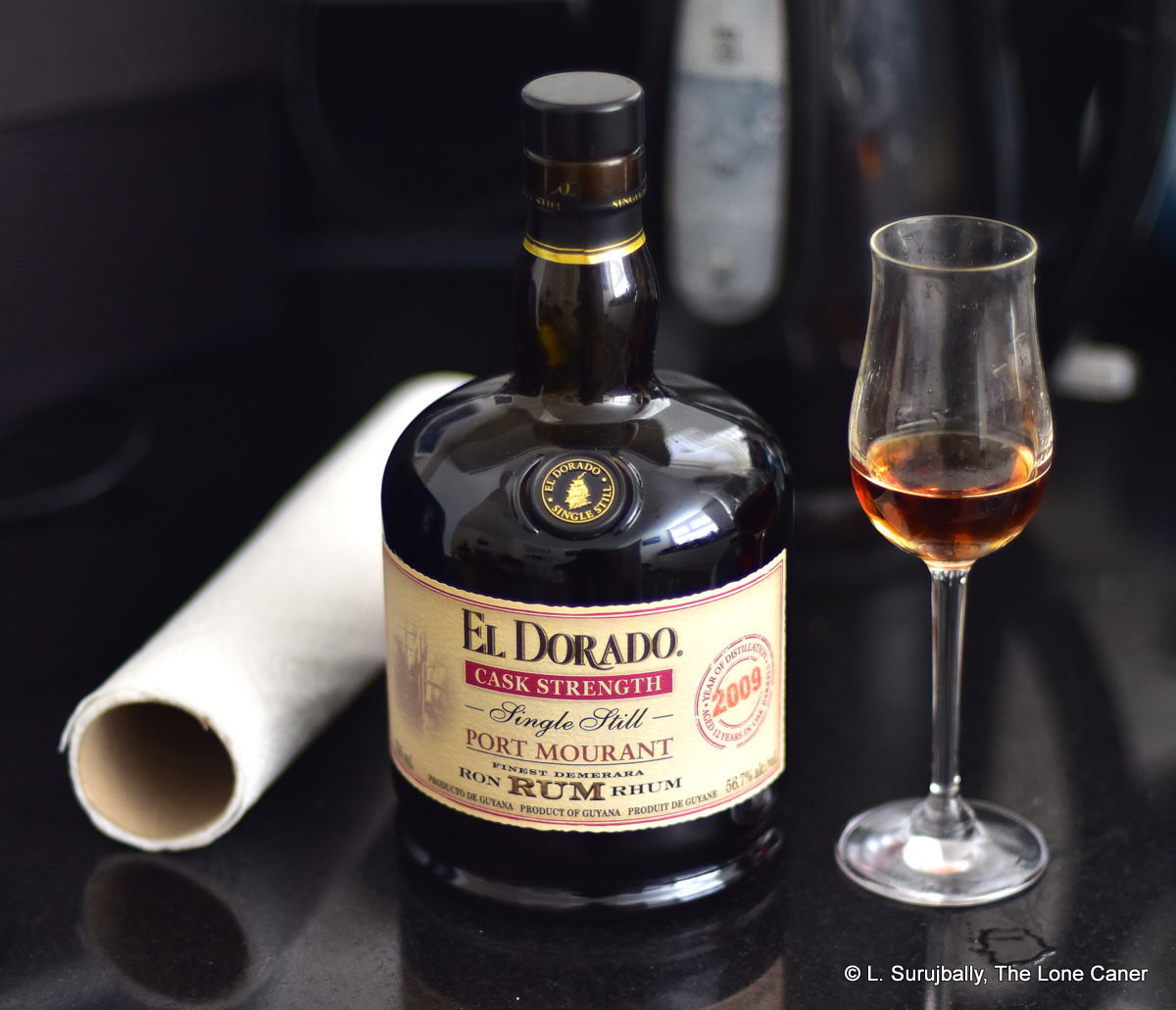 Back in 1992 (when the ground-breaking 15 YO made its debut) and until around 2014 or so, the various stills’ outputs were blended in varying proportions to make up the standard line of the company’s El Dorado rums (including the local versions such as the King of Diamonds). These were the 3YO, 5YO, 8YO, 12YO, 15YO, 21YO and the occasionally-issued 25YO. No one outside the company knew, let alone much cared, about those stills, and they were not seen as selling points. Until, that is, Velier started issuing rums and showcasing the stills specifically and creating an enormous swell of interest in them.
Back in 1992 (when the ground-breaking 15 YO made its debut) and until around 2014 or so, the various stills’ outputs were blended in varying proportions to make up the standard line of the company’s El Dorado rums (including the local versions such as the King of Diamonds). These were the 3YO, 5YO, 8YO, 12YO, 15YO, 21YO and the occasionally-issued 25YO. No one outside the company knew, let alone much cared, about those stills, and they were not seen as selling points. Until, that is, Velier started issuing rums and showcasing the stills specifically and creating an enormous swell of interest in them.
Seeing the popularity of these limited edition single-still full-proof bottlings, DDL stopped issuing rums to Velier in 2014 and launched their own “independent-style” rums that showcased the stills – they were called the “Rare Editions” and three series over three years were issued. However, they did not always sell well for various reasons — and for a company which was used to selling hundreds of thousands of bottles at a marginal price point, it could not have been that interesting to have a few hundred or a few thousand expensive bottlings not contributing to the bottom line…and so the Rares were eventually pulled. DDL experimented with other versions like the 12YO and 15YO wine aged editions, the quartet of blended-in-the barrel rums called “Four Colours,” the occasional high end vanity releases like the 50th Independence Edition, or occasional new 25YOs. None really took off.
However, starting in 2018 or so, they took a new tack: they started issuing various aged rums that showcased the stills directly, and instead of making them special editions, they simply added them to the standard El Dorado lineup, using the same bottle shapes, and only slightly varying the labels. There were three main types: one was a series of vintage 40% rums from the three individual wooden stills, which have a broader consumer appeal (not the least because of the unthreatening strength); then a series of full-proof bottlings of varying ages, sometimes single still, sometime single barrel, sometimes for third parties (like Wine & Beyond’s 2006 and 2012 releases); and lastly the cask strength single-still releases that are the grown-up versions of the forty percenters mentioned above.
What distinguishes such specialty releases (which is what they are) is that they are folded into the same visual ethos of the “regular” line of 12-15-21 year old rums, so there is instant recognizability – indeed, in some cases the look is so similar that they are in danger of being overlooked/ But they are distinct and they are DDL rums and while there is, as there must be, some variation in quality, overall I believe that such series of rums are now firmly part of DDL’s portfolio, and that’s a good thing for all of us.

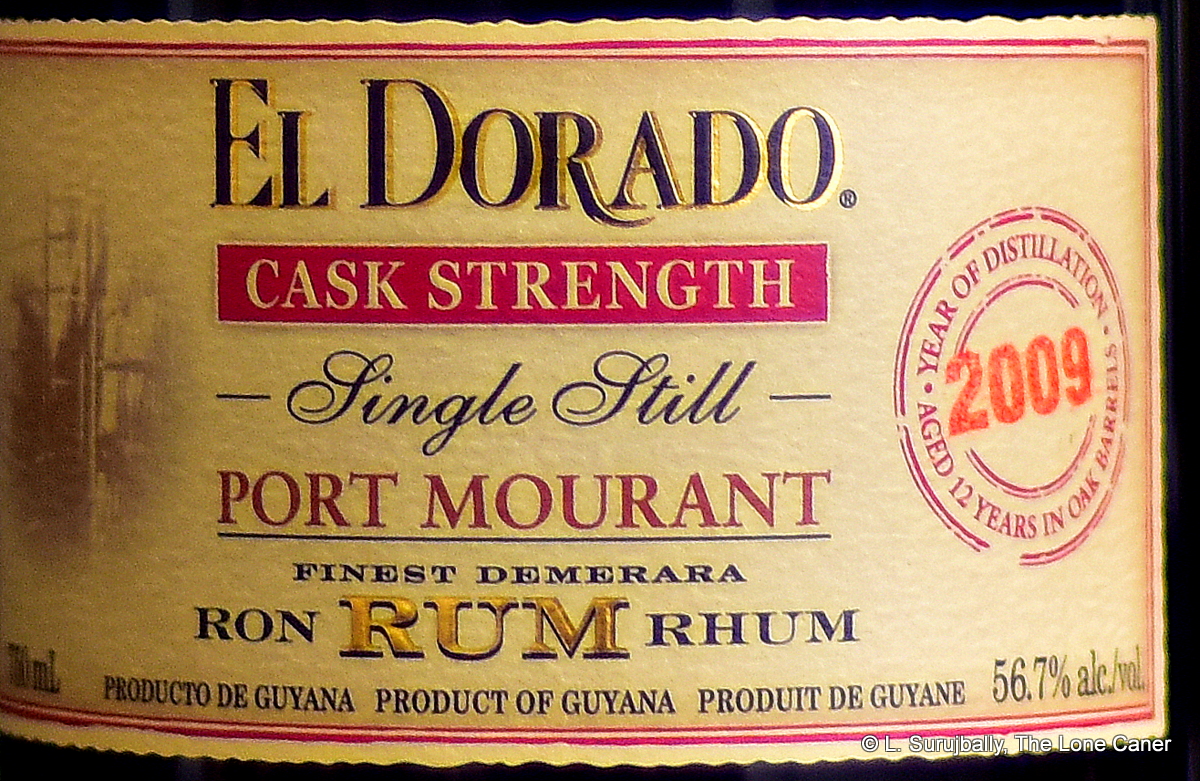

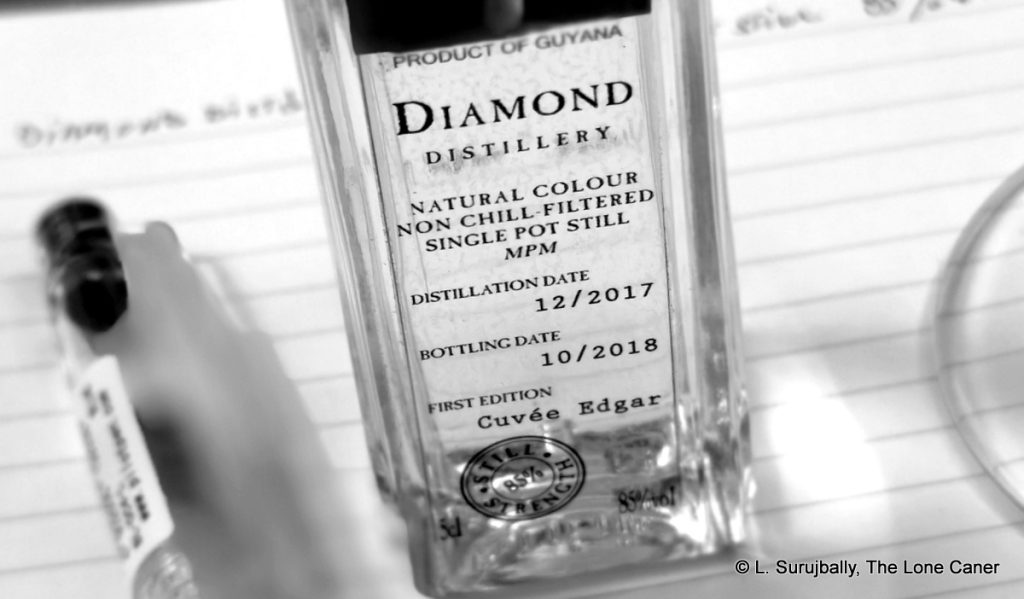
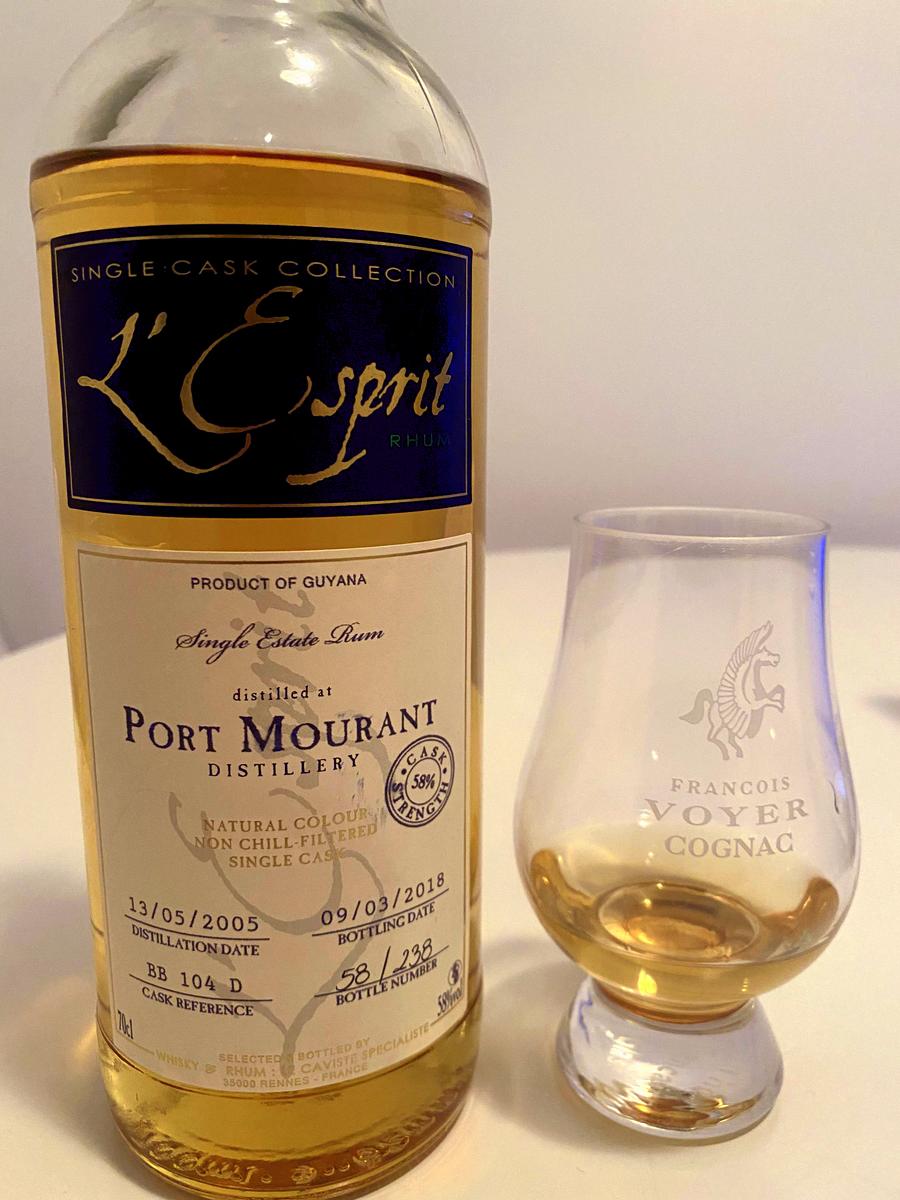
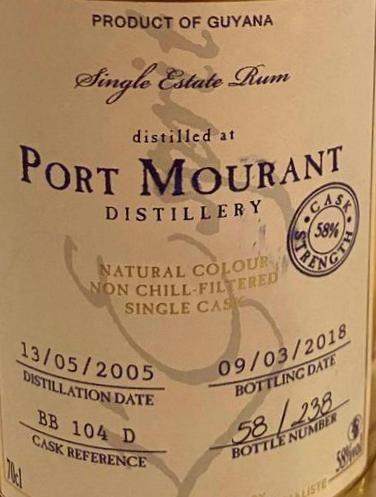

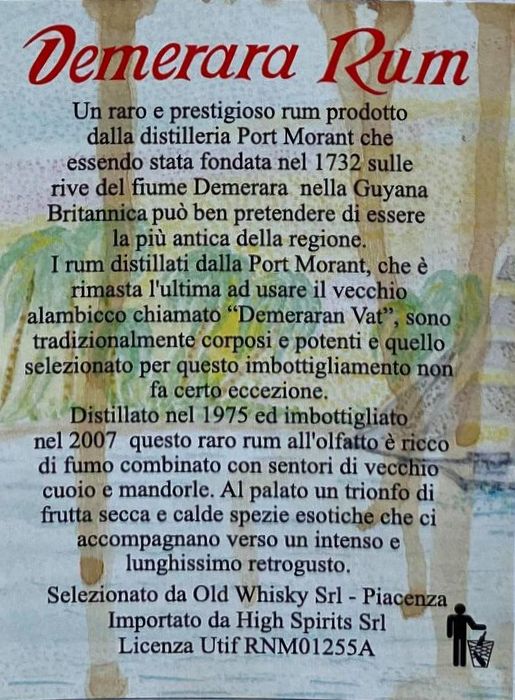 For the kitch, I’m afraid there is not much. Thanks to my impeccably fluent lack of Italian, I can tell you it’s a 1975 Port Mourant that was bottled in 2007, and it appears to be one of those single barrel releases often indulged in by importers – this time an Italian outfit called High Spirits, which doesn’t exist beyond its odd one-page website that leads nowhere and says nothing – see below for some notes on this. The rum is 56.1%, dark red brown….
For the kitch, I’m afraid there is not much. Thanks to my impeccably fluent lack of Italian, I can tell you it’s a 1975 Port Mourant that was bottled in 2007, and it appears to be one of those single barrel releases often indulged in by importers – this time an Italian outfit called High Spirits, which doesn’t exist beyond its odd one-page website that leads nowhere and says nothing – see below for some notes on this. The rum is 56.1%, dark red brown….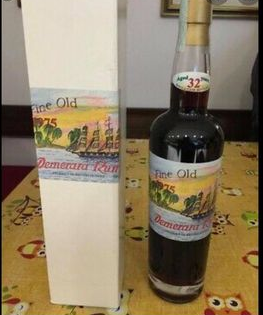 There’s just so
There’s just so 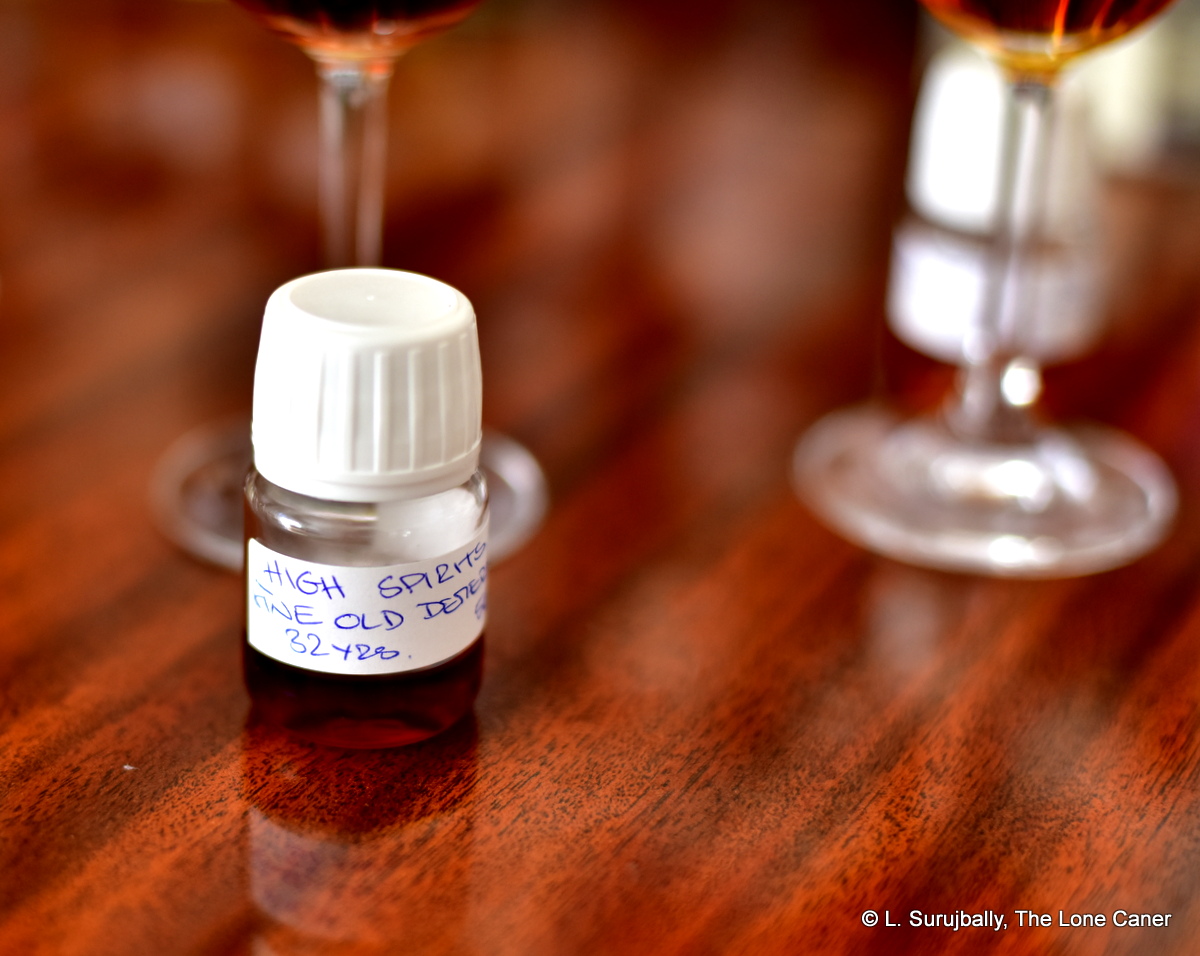
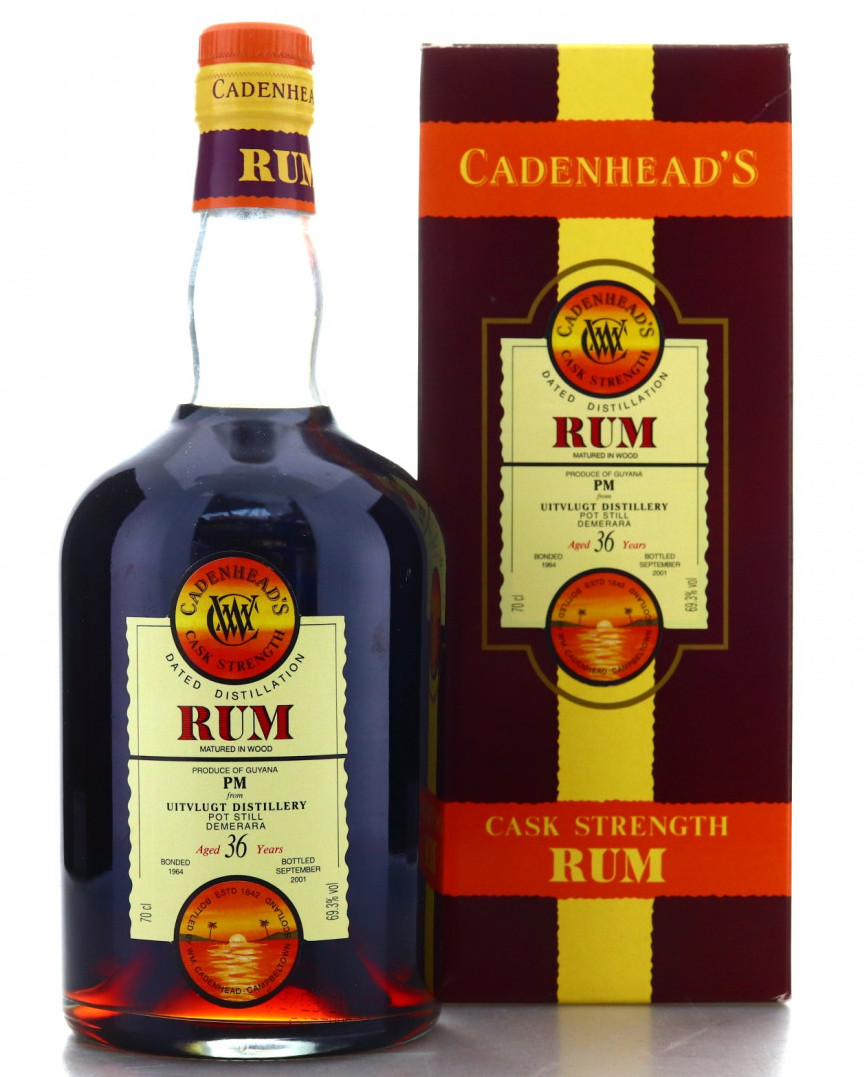
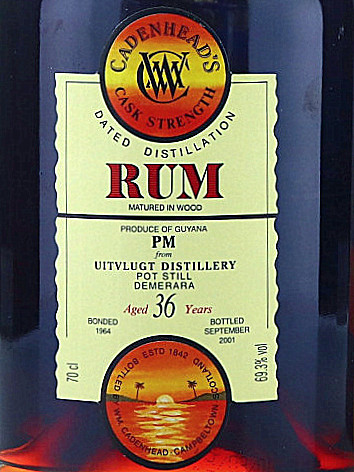 The Cadenhead Uitvlugt 1964 followed all the traditional ways an indie has of producing a rum, except then it proceeded to dial it up to 11, added steroids, horse tranqs and industrial strength factory cleanser, and released it to just about zero acclaim (I mean, have
The Cadenhead Uitvlugt 1964 followed all the traditional ways an indie has of producing a rum, except then it proceeded to dial it up to 11, added steroids, horse tranqs and industrial strength factory cleanser, and released it to just about zero acclaim (I mean, have 
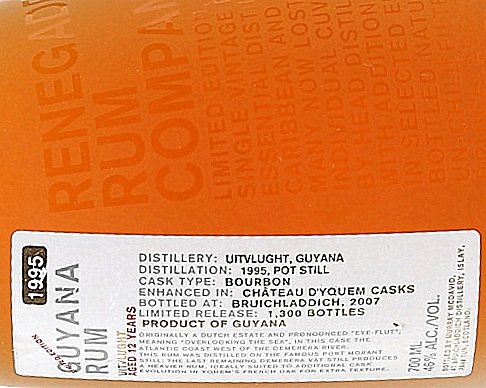

 Knowing the Demerara rum profiles as well as I do, and having tried so many of them, these days I treat them all like wines from a particular chateau…or like James Bond movies: I smile fondly at the familiar, and look with interest for variations. Here that was the way to go. The nose suggested an almost woody men’s cologne: pencil shavings, some rubber and sawdust a la PM, and then the flowery notes of a bull squishing happily way in the fruit bazaar. It was sweet, fruity, dark, intense and had a bedrock of caramel, molasses, toffee, coffee, with a great background of strawberry ice cream, vanilla, licorice and ripe yellow mango slices so soft they drip juice. The balance between the two stills’ output was definitely a cut above the ordinary.
Knowing the Demerara rum profiles as well as I do, and having tried so many of them, these days I treat them all like wines from a particular chateau…or like James Bond movies: I smile fondly at the familiar, and look with interest for variations. Here that was the way to go. The nose suggested an almost woody men’s cologne: pencil shavings, some rubber and sawdust a la PM, and then the flowery notes of a bull squishing happily way in the fruit bazaar. It was sweet, fruity, dark, intense and had a bedrock of caramel, molasses, toffee, coffee, with a great background of strawberry ice cream, vanilla, licorice and ripe yellow mango slices so soft they drip juice. The balance between the two stills’ output was definitely a cut above the ordinary.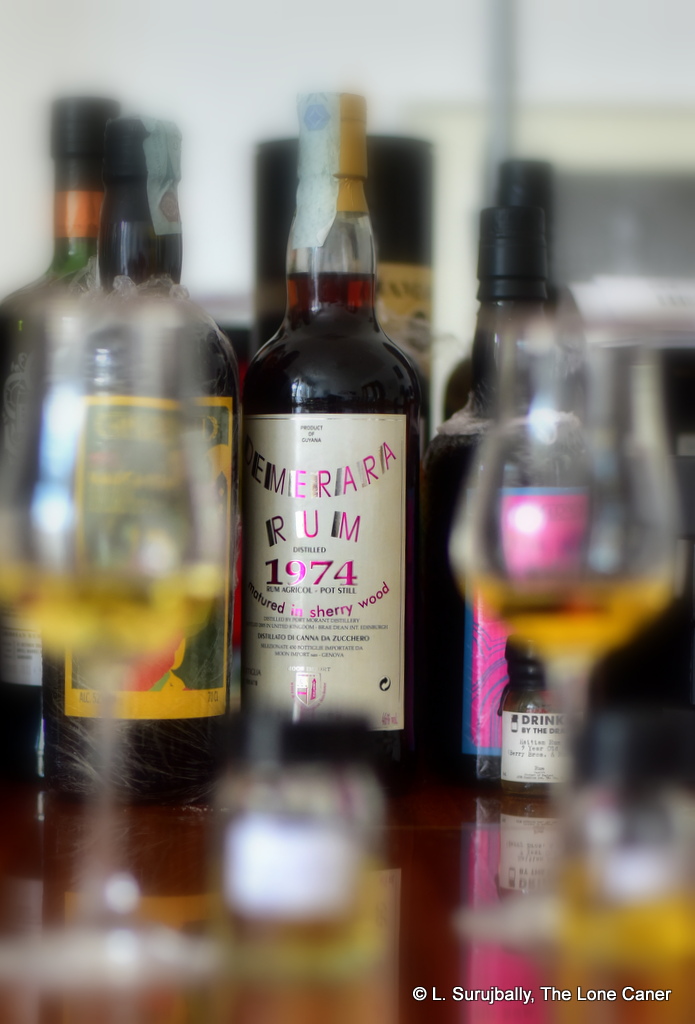
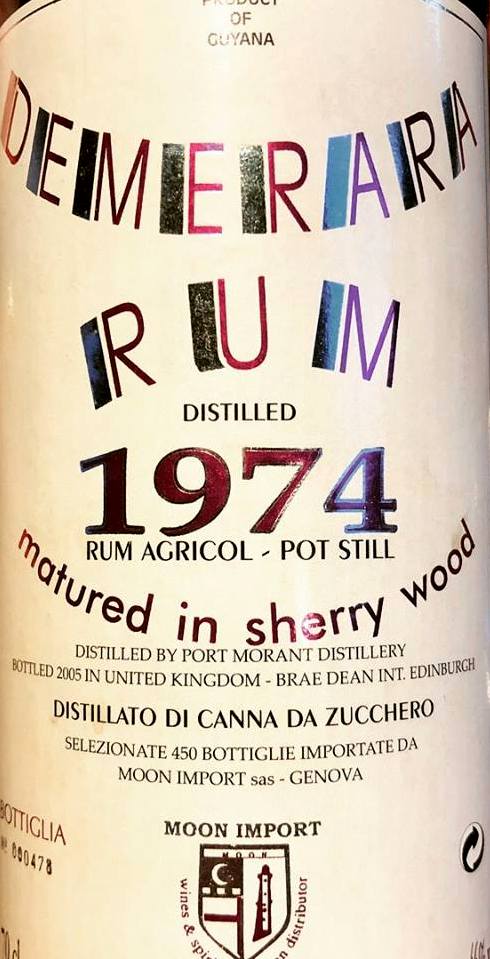 So the search for more info begins. Now, if you’re looking on
So the search for more info begins. Now, if you’re looking on 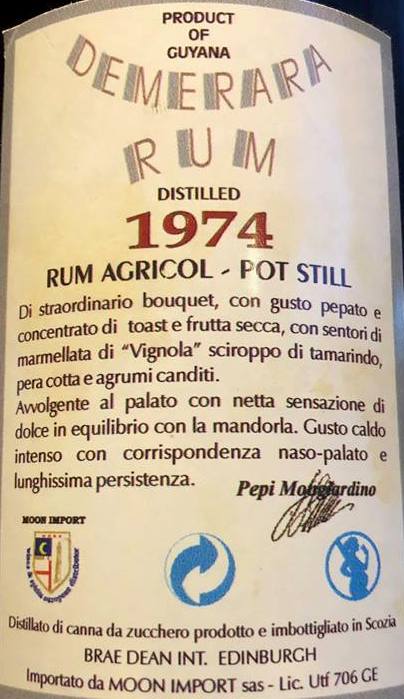 With respect to the palate, at 46%, much as I wish it were stronger, the rum is simply luscious, perhaps too much so – had it been sweeter (and it isn’t) it might have edged dangerously close to a cloying mishmash, but as it is, the cat’s-tongue-rough-and-smooth profile was excellent. It melded leather and the creaminess of salt butter and brie with licorice, brown sugar, molasses and butter cookies (as a hat tip to them barking-mad northern vikings, I’ll say were Danish). Other tastes emerge: prunes and dark fruit – lots of dark fruit. Blackberries, plums, dates. Very dense, layer upon layer of tastes that combined really really well, and providing a relatively gentle but tasteful summary on the finish. Sometimes things fall apart (or disappear entirely) at this stage, but here it’s like a never ending segue that reminds us of cedar, sawdust, sugar raisins, plums, prunes, and chocolate oranges.
With respect to the palate, at 46%, much as I wish it were stronger, the rum is simply luscious, perhaps too much so – had it been sweeter (and it isn’t) it might have edged dangerously close to a cloying mishmash, but as it is, the cat’s-tongue-rough-and-smooth profile was excellent. It melded leather and the creaminess of salt butter and brie with licorice, brown sugar, molasses and butter cookies (as a hat tip to them barking-mad northern vikings, I’ll say were Danish). Other tastes emerge: prunes and dark fruit – lots of dark fruit. Blackberries, plums, dates. Very dense, layer upon layer of tastes that combined really really well, and providing a relatively gentle but tasteful summary on the finish. Sometimes things fall apart (or disappear entirely) at this stage, but here it’s like a never ending segue that reminds us of cedar, sawdust, sugar raisins, plums, prunes, and chocolate oranges.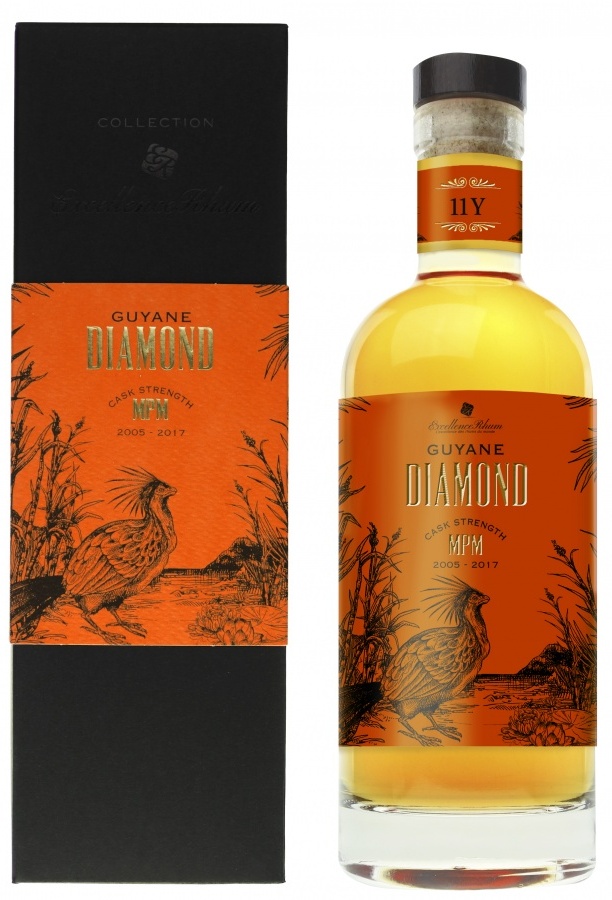
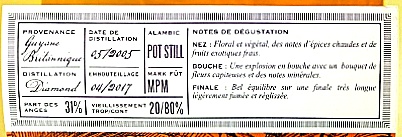
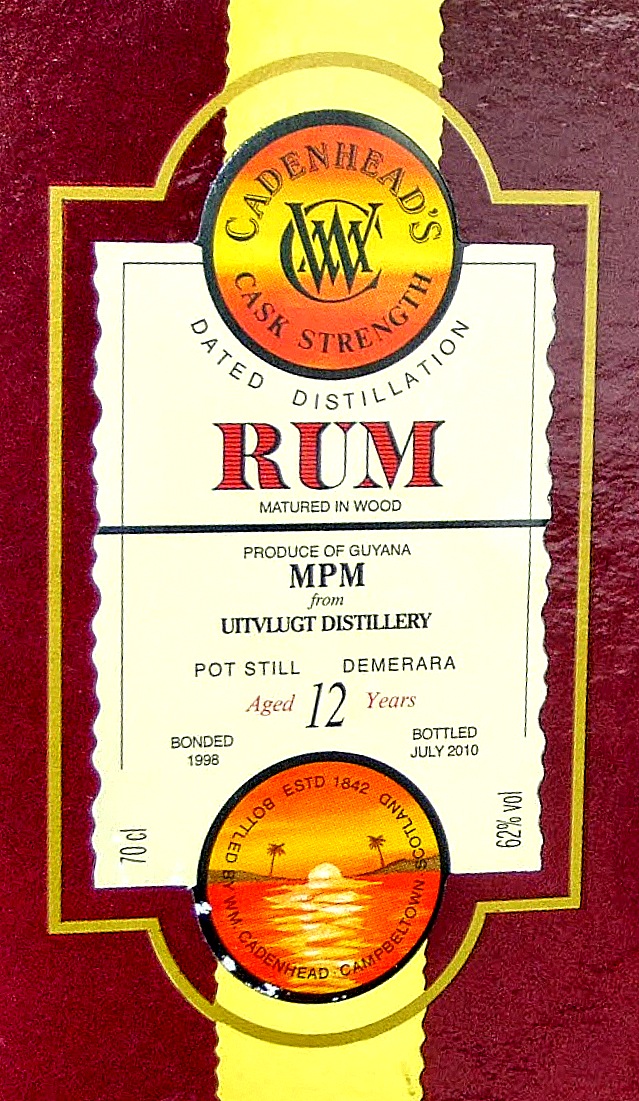
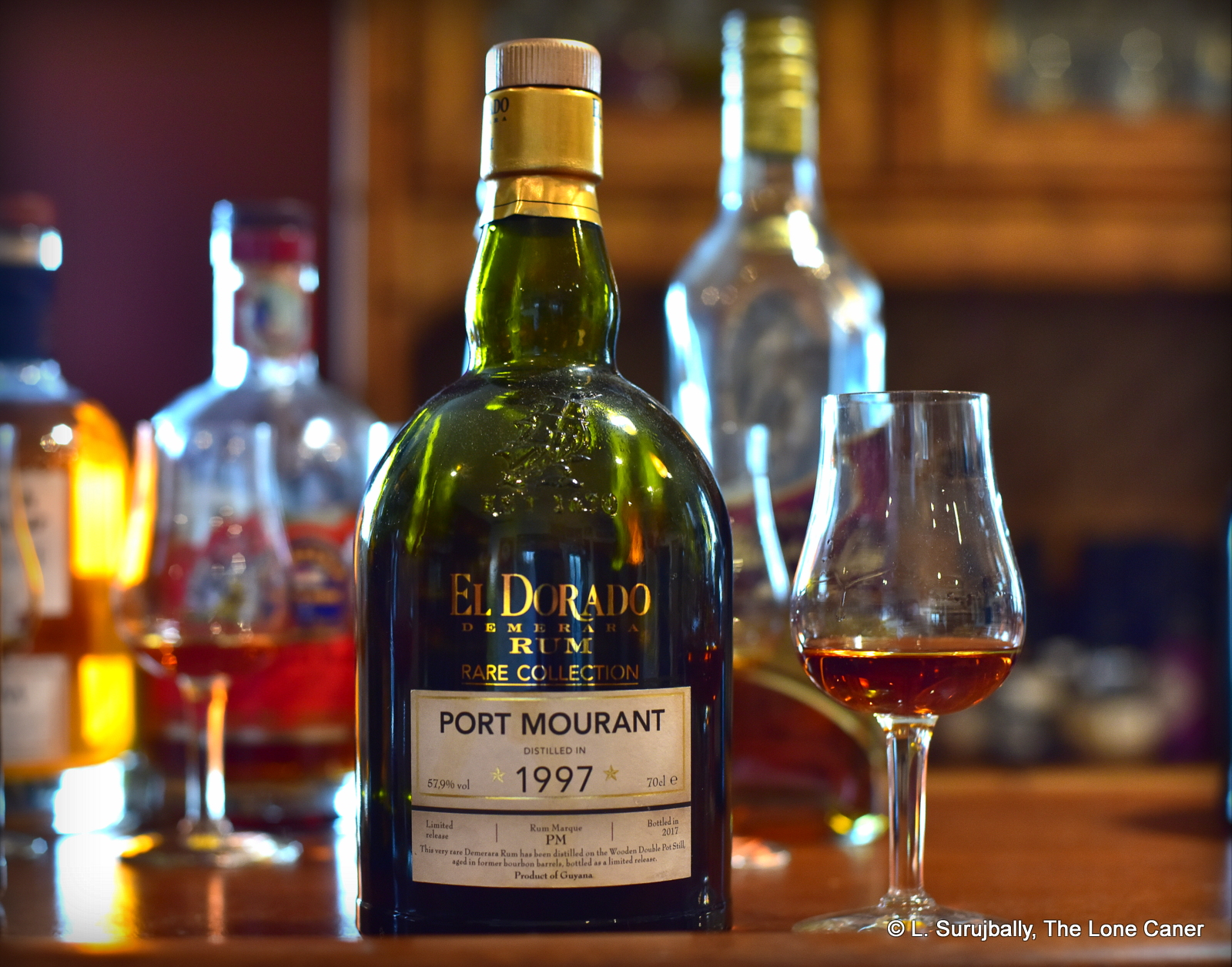

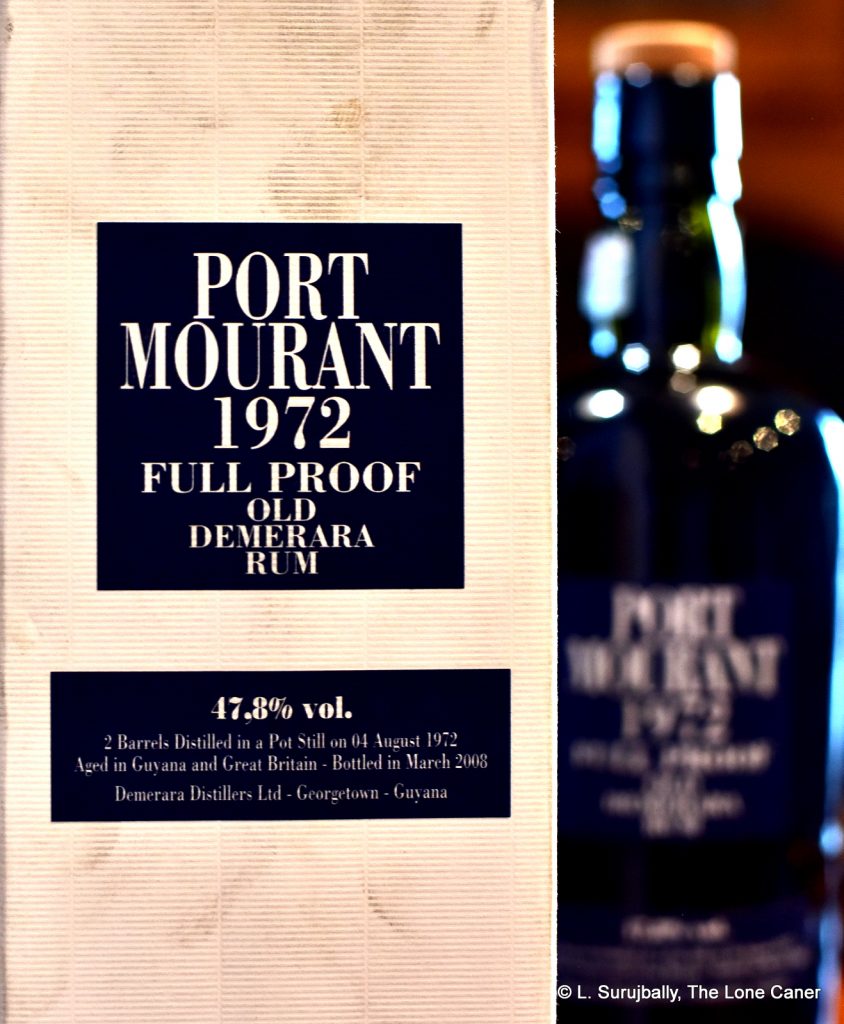 The nose made an immediate and emphatic response: “Here’s how.” I had exasperatedly grumbled
The nose made an immediate and emphatic response: “Here’s how.” I had exasperatedly grumbled 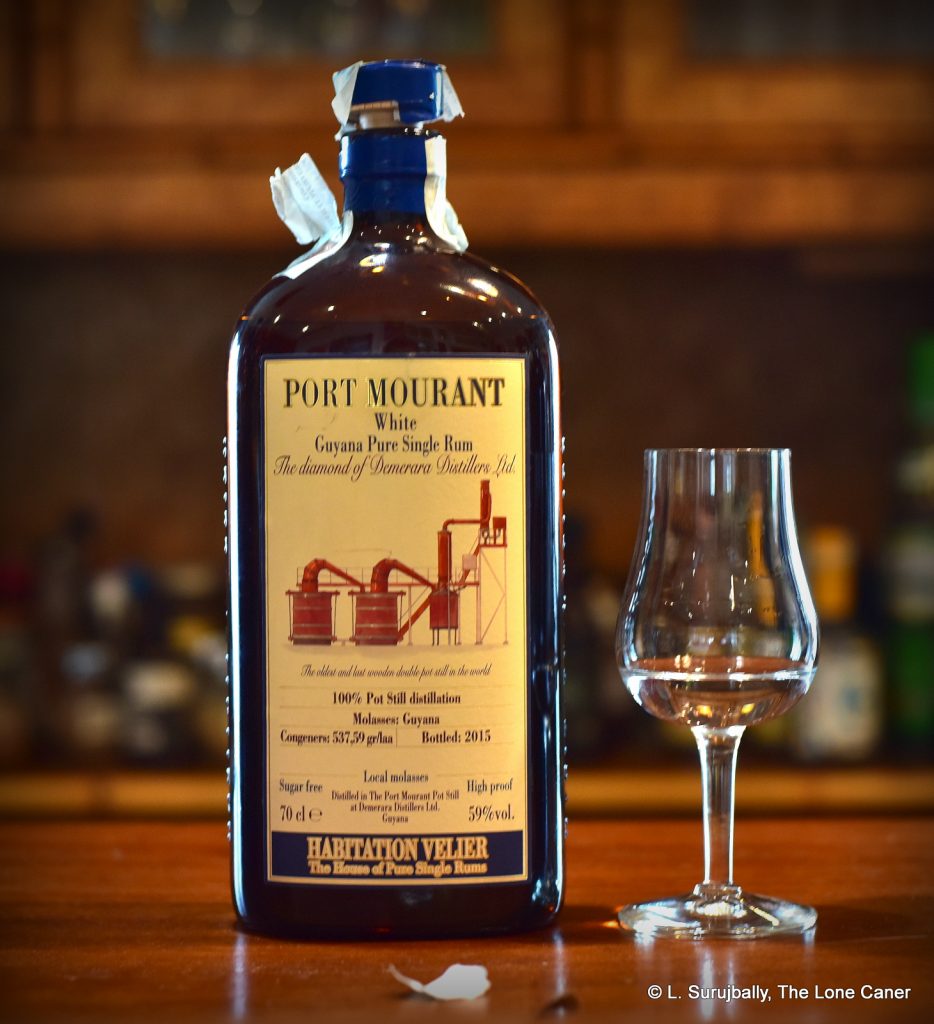
 Unaged rums take some getting used to because they are raw from the barrel and therefore the rounding out and mellowing of the profile which ageing imparts, is not a factor. That means all the jagged edges, dirt, warts and everything, remain. Here that was evident after a single sip: it was sharp and fierce, with the licorice notes subsumed into dirtier flavours of salt beef, brine, olives and garlic pork (seriously!). It took some time for other aspects to come forward – gherkins, leather, flowers and varnish – and even then it was not until another half hour had elapsed that crisper acidic notes like unripe apples and thai lime leaves (I get those to buy in the local market), were noticeable. Plus some vanilla – where on earth did that come from? It all led to a long, duty, dry finish that provided yet more: sweet, sugary, sweet-and-salt soy sauce in a clear soup. Damn but this was a heady, complex piece of work. I liked it a lot, really.
Unaged rums take some getting used to because they are raw from the barrel and therefore the rounding out and mellowing of the profile which ageing imparts, is not a factor. That means all the jagged edges, dirt, warts and everything, remain. Here that was evident after a single sip: it was sharp and fierce, with the licorice notes subsumed into dirtier flavours of salt beef, brine, olives and garlic pork (seriously!). It took some time for other aspects to come forward – gherkins, leather, flowers and varnish – and even then it was not until another half hour had elapsed that crisper acidic notes like unripe apples and thai lime leaves (I get those to buy in the local market), were noticeable. Plus some vanilla – where on earth did that come from? It all led to a long, duty, dry finish that provided yet more: sweet, sugary, sweet-and-salt soy sauce in a clear soup. Damn but this was a heady, complex piece of work. I liked it a lot, really.
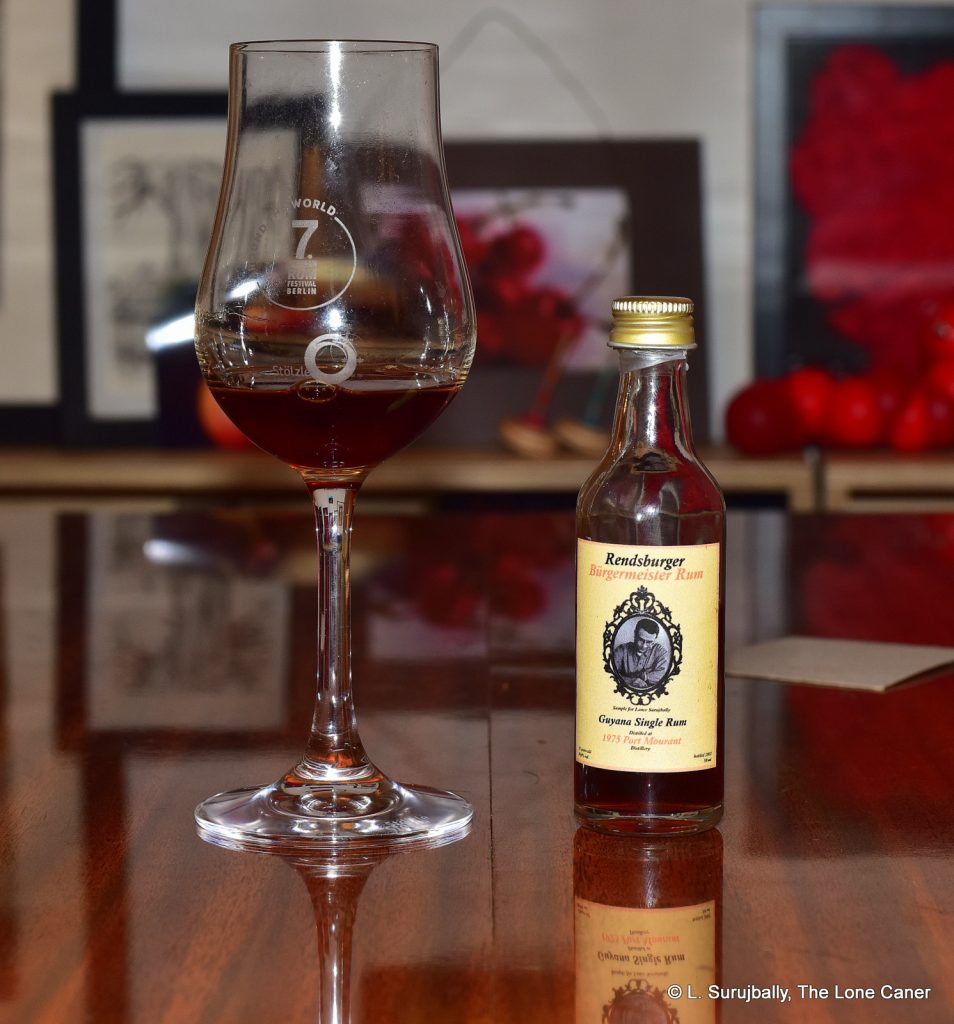 As for the palate, man, I’m in heaven, because I just found another 1975 to add to the pantheon. That same growling, thick richness of the nose segued to the tongue with no pause, no hesitation and no detours. The strength was near perfect – it gave strength without sharpness, allowing all the flavours to march solidly across the stage and present themselves one after the other: licorice, vanilla, caramel, bags of fruits, a little saltiness, biscuits and cereal. The whole thing was warm and thick with dark flavours that never seemed to want to stop showing off and even the oak, which at first I thought started to take on an unhealthy dominance after some minutes (I was actually writing “Mozart just exited the scene and is replaced by Salieri!” before crossing it out), retreated into the background, chilled out, and was (to my relief) content to be a part of the troupe rather than a scene stealing hog. The exemplary and traditional Port Mourant profile finished long, slow, voluptuously and with chocolate, coffee grounds, some oak, vanilla, raisins and anise, and overall, my take was it was simply one of the Grand Old Men of the plantation and the still.
As for the palate, man, I’m in heaven, because I just found another 1975 to add to the pantheon. That same growling, thick richness of the nose segued to the tongue with no pause, no hesitation and no detours. The strength was near perfect – it gave strength without sharpness, allowing all the flavours to march solidly across the stage and present themselves one after the other: licorice, vanilla, caramel, bags of fruits, a little saltiness, biscuits and cereal. The whole thing was warm and thick with dark flavours that never seemed to want to stop showing off and even the oak, which at first I thought started to take on an unhealthy dominance after some minutes (I was actually writing “Mozart just exited the scene and is replaced by Salieri!” before crossing it out), retreated into the background, chilled out, and was (to my relief) content to be a part of the troupe rather than a scene stealing hog. The exemplary and traditional Port Mourant profile finished long, slow, voluptuously and with chocolate, coffee grounds, some oak, vanilla, raisins and anise, and overall, my take was it was simply one of the Grand Old Men of the plantation and the still. 

